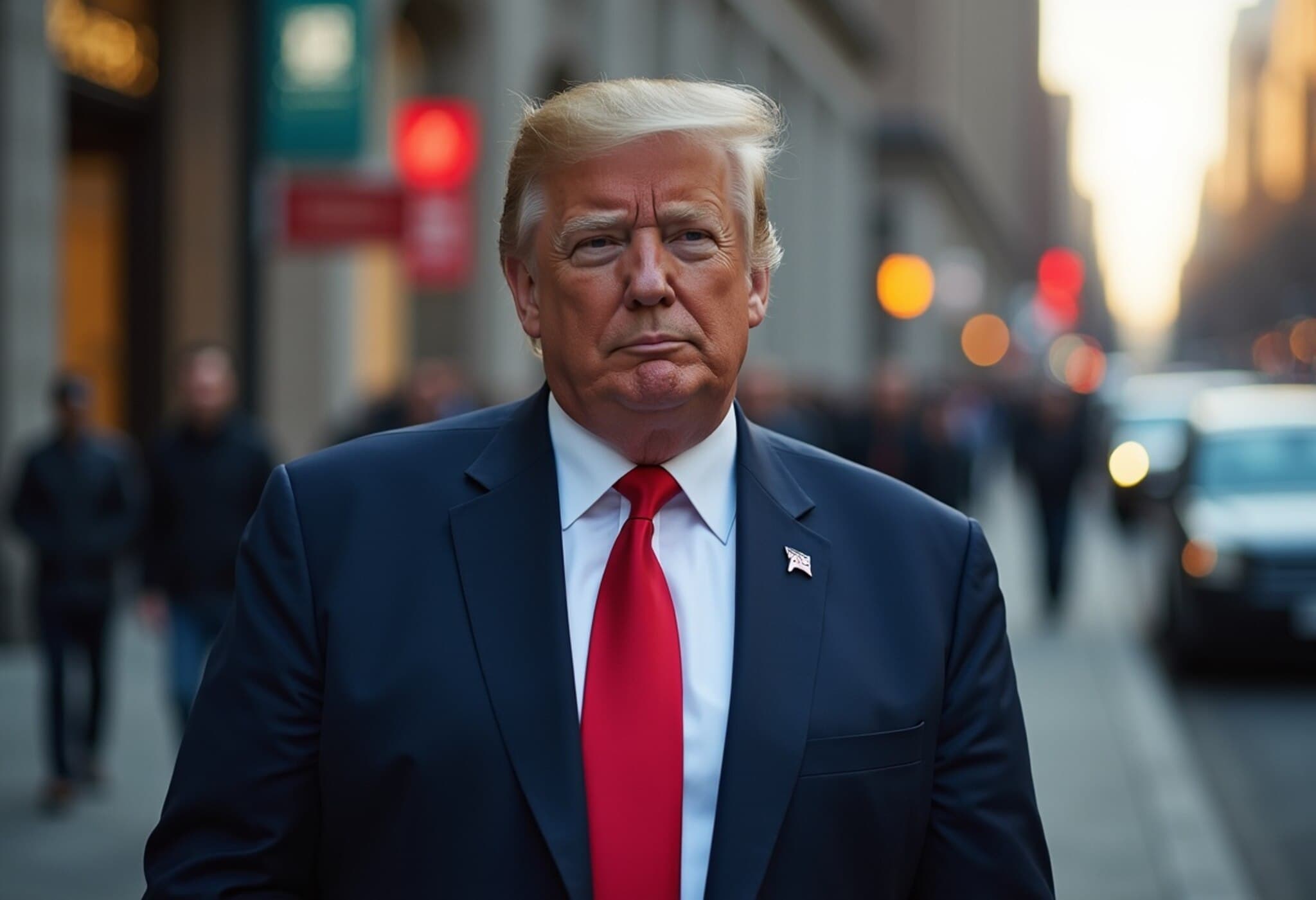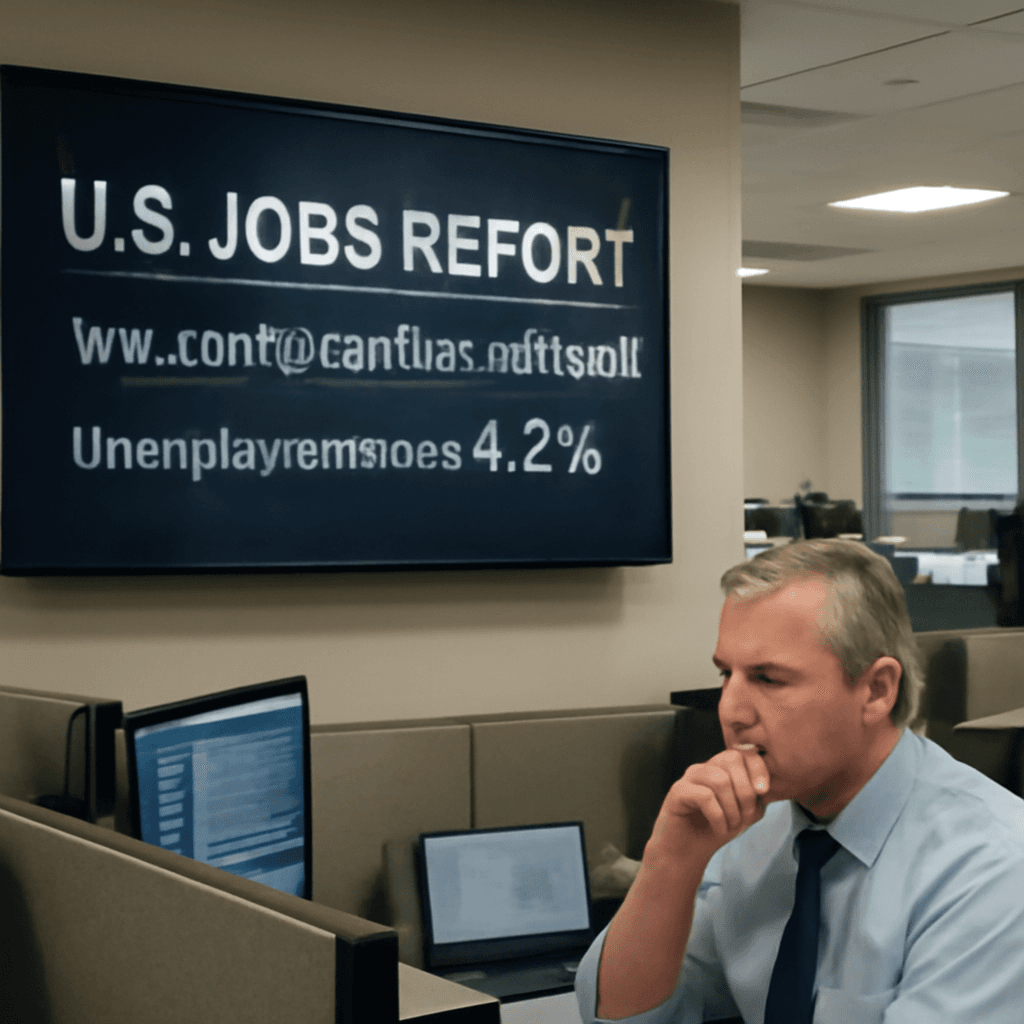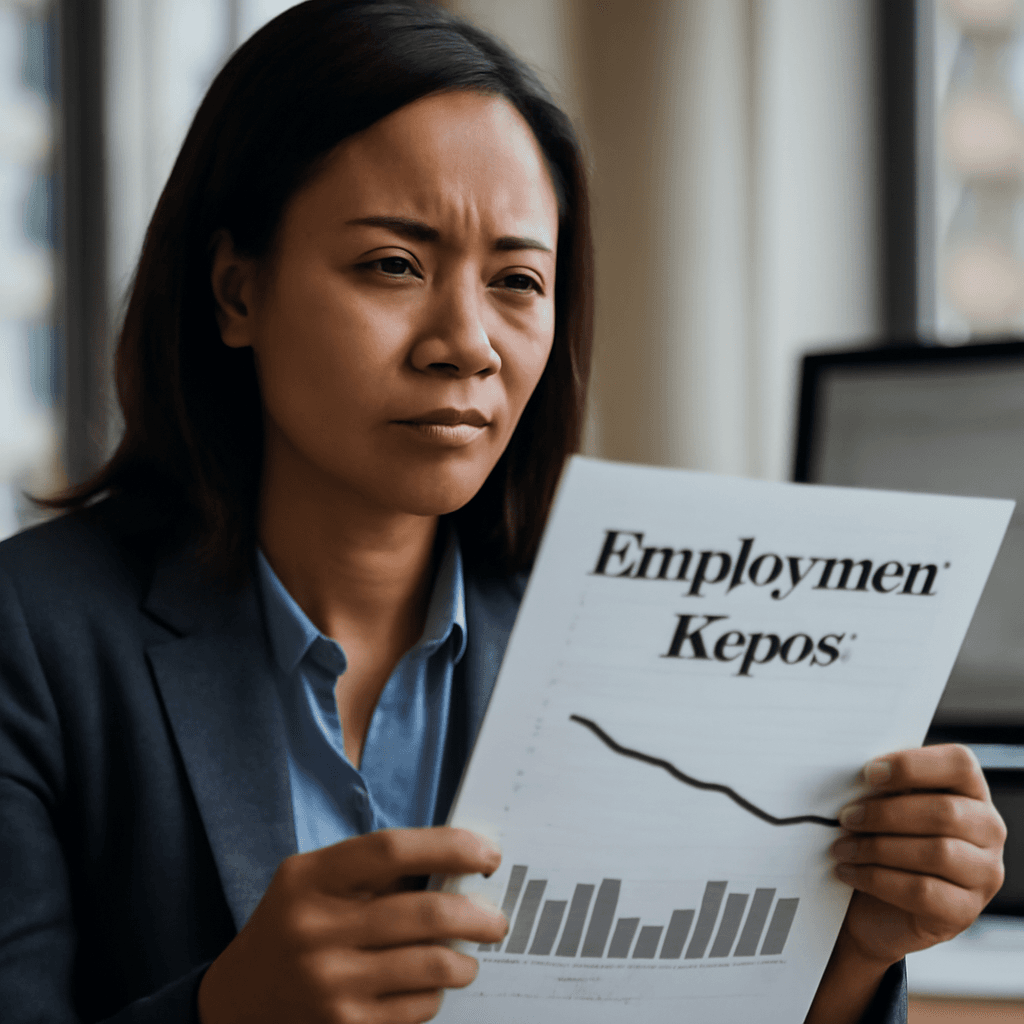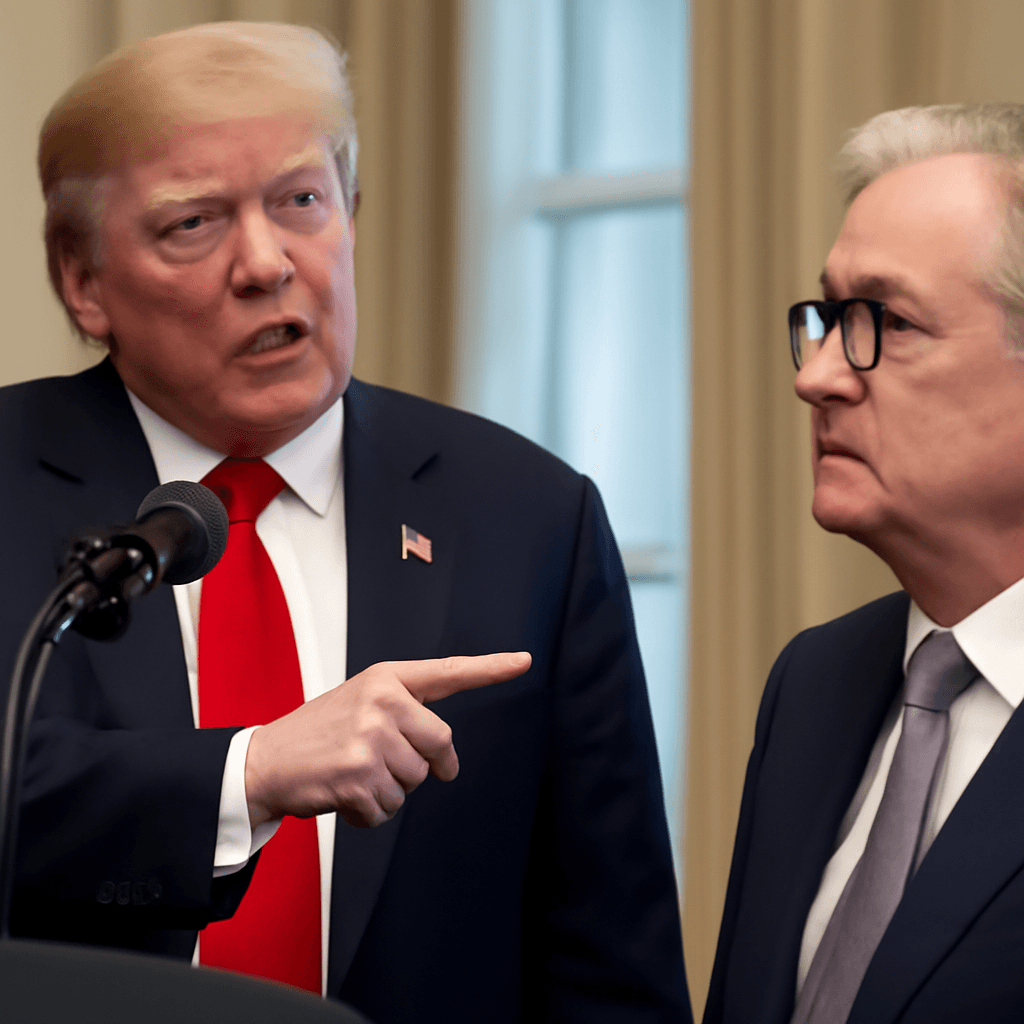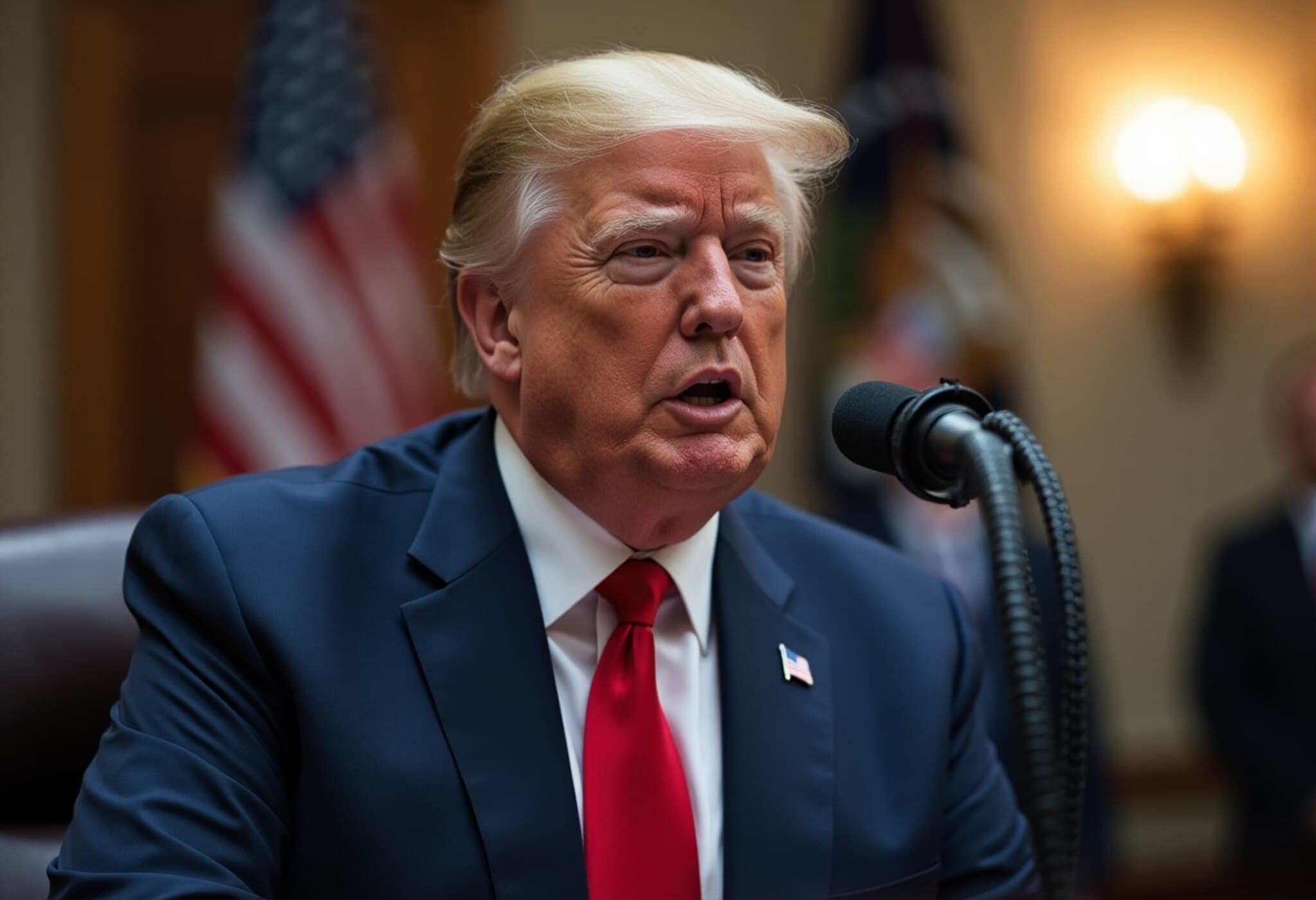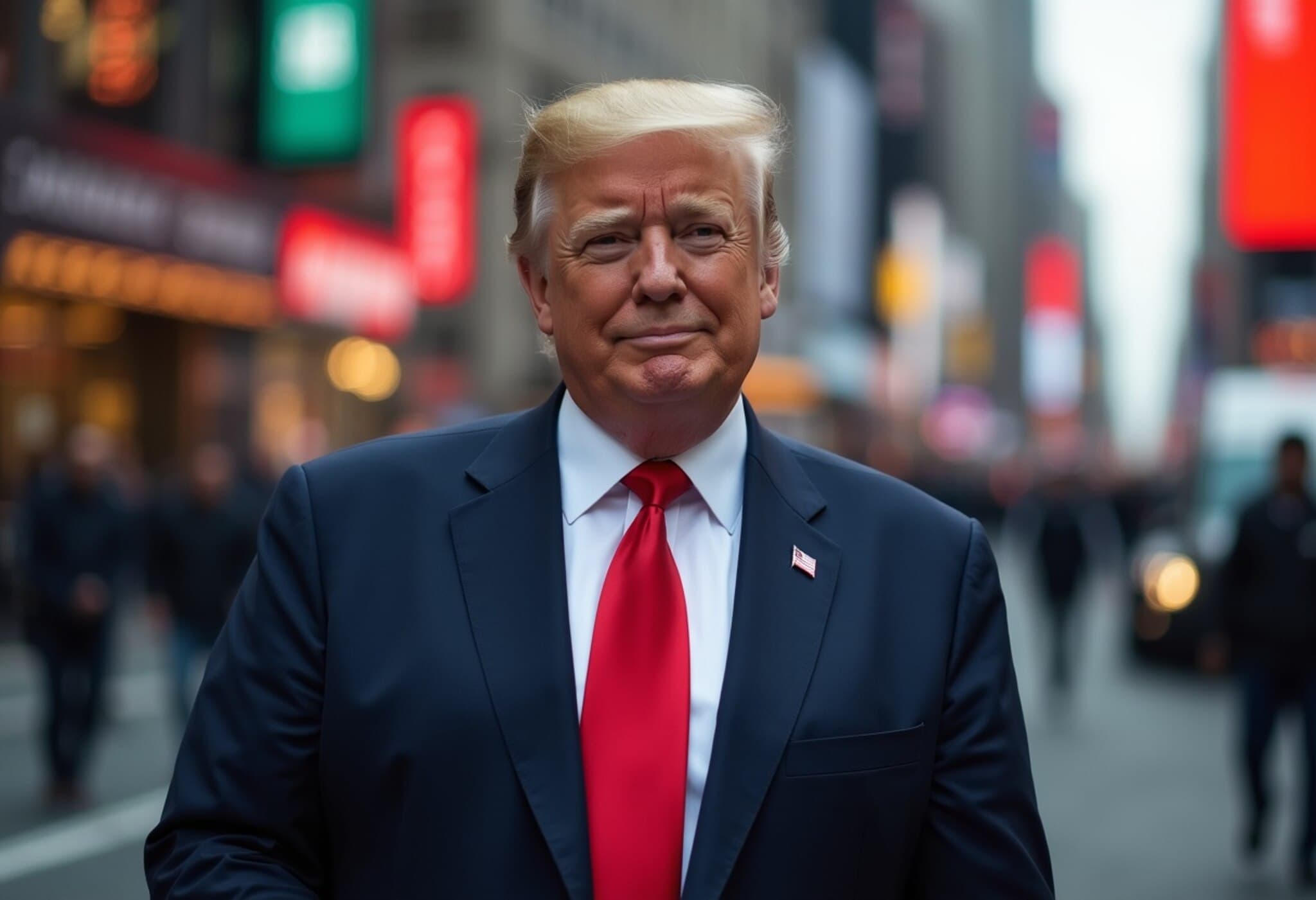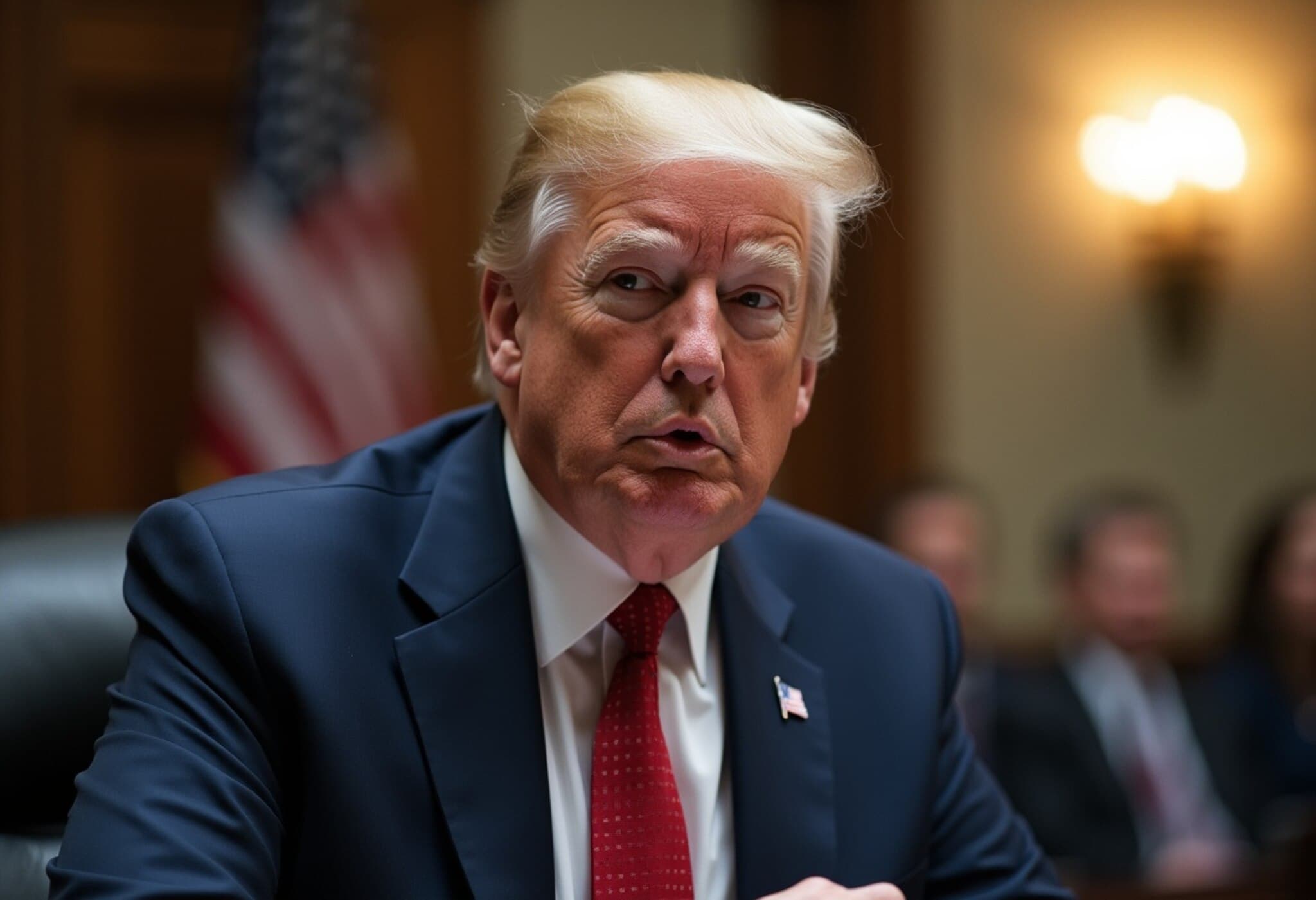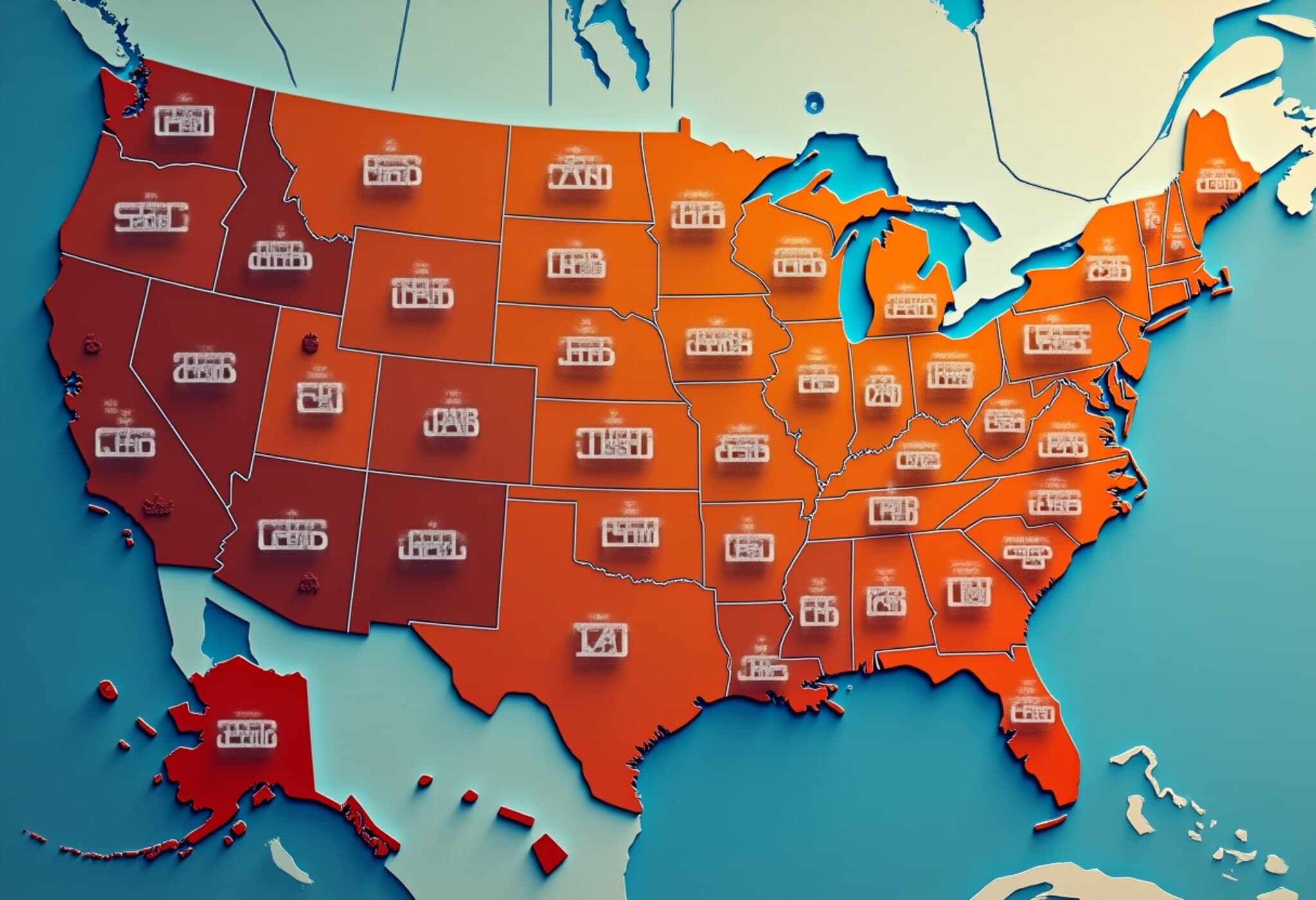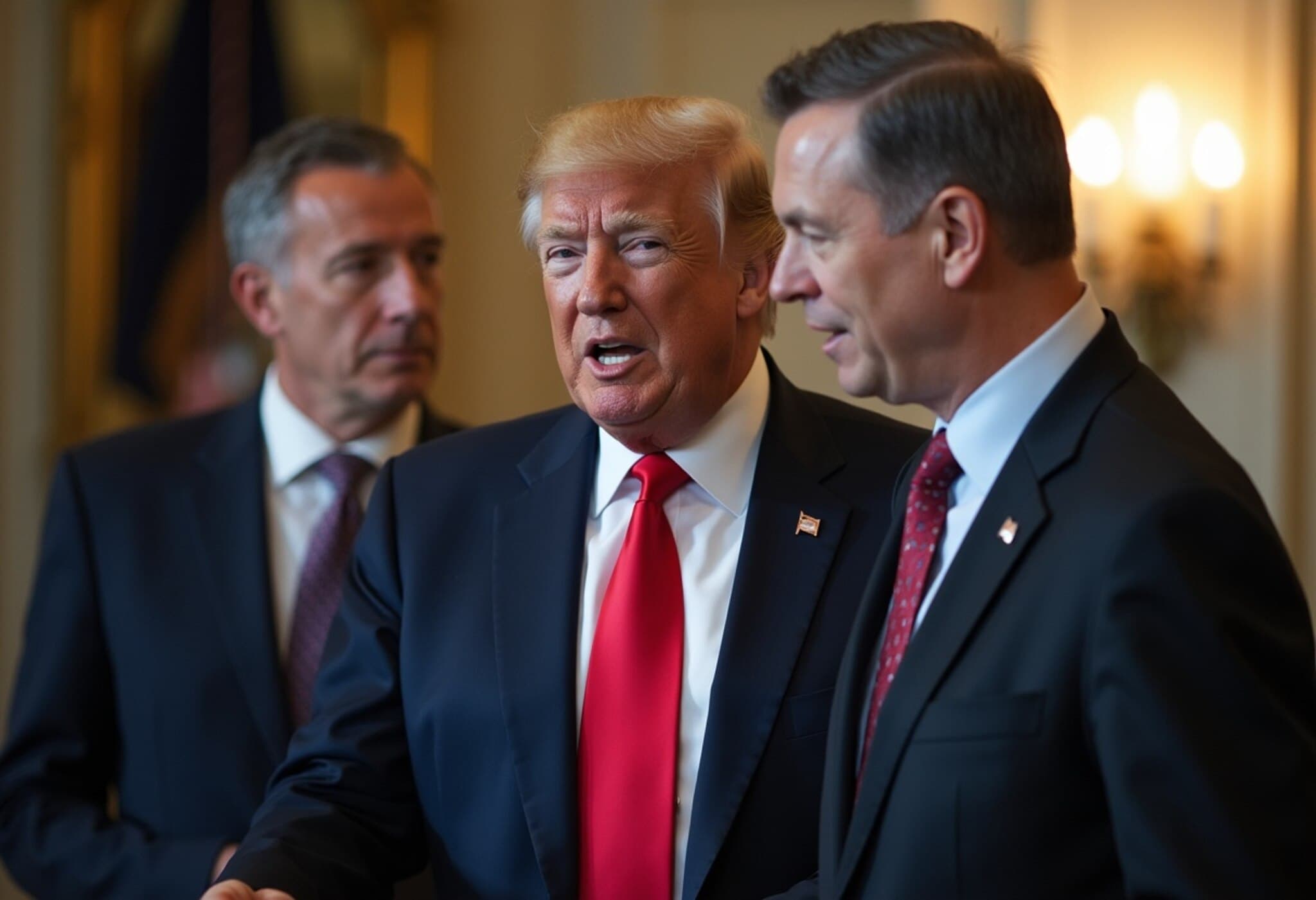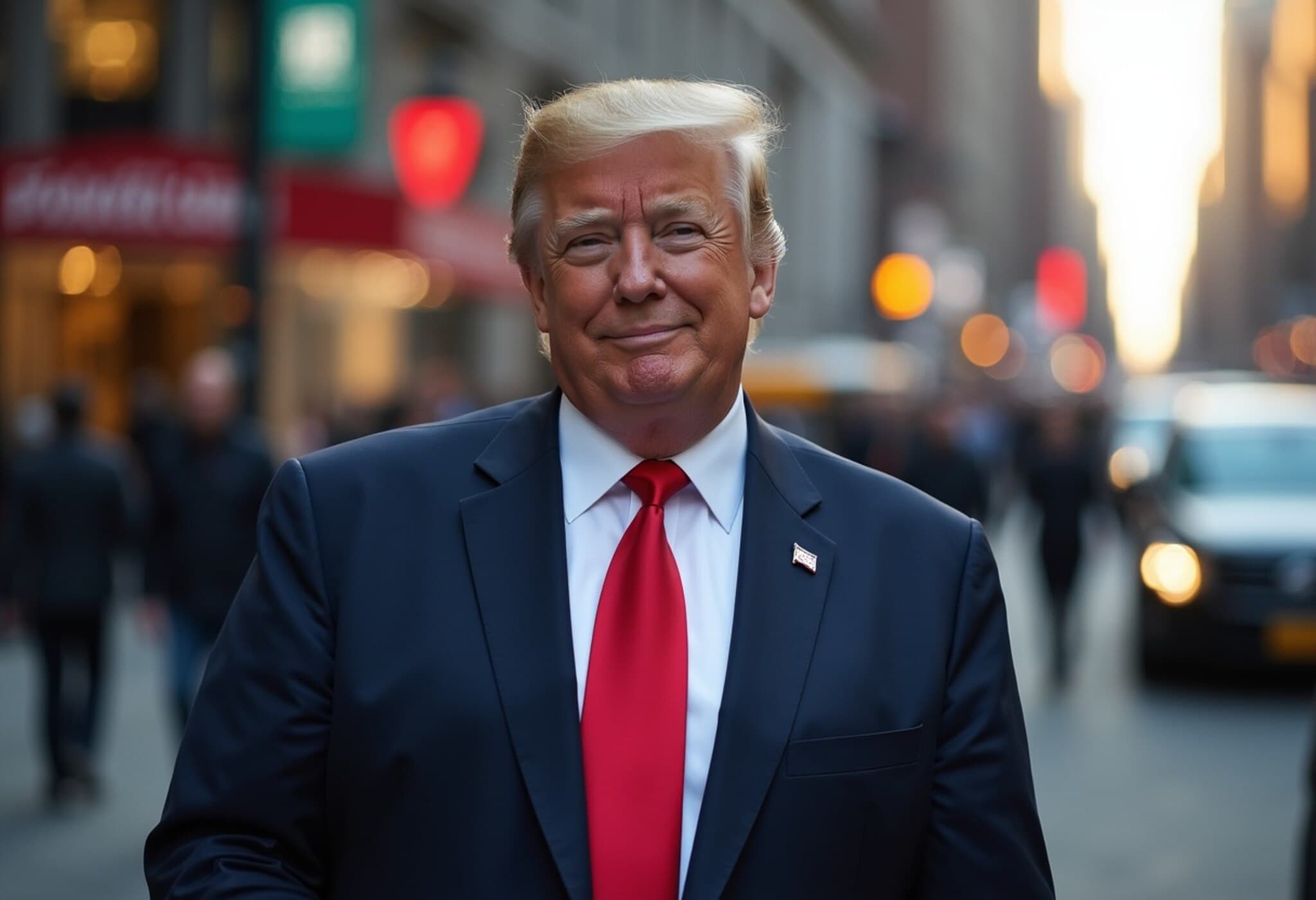Trump Challenges Job Data Accuracy, Dismisses BLS Commissioner
In a move that has sent shockwaves through financial markets and policy circles, former President Donald Trump publicly accused the Bureau of Labor Statistics (BLS) of publishing "rigged" jobs data and terminated BLS Commissioner Erika McEntarfer shortly after the release of unexpectedly revised employment figures for May and June 2025. This controversy underscores increasing tensions around economic data reliability amid politically charged atmospheres.
Understanding the Revisions and Their Impact
The revisions significantly downgraded initial job gain estimates—from 144,000 to 19,000 in May, and from 147,000 to 14,000 in June. This unprecedented adjustment, the largest outside of a recession in fifty years, coincides with Trump's recent tariff policies, raising questions about economic vitality during his administration's final year.
Despite the outcry, many economists emphasize the inherent complexities and standard practices behind such revisions. Monthly employment data relies on vast surveys, involving approximately 121,000 businesses and government agencies across 630,000 locations, covering roughly one-third of the U.S. workforce. Because some companies submit data late, or correct earlier reports, adjustments are a routine part of the BLS methodology, aimed at refining accuracy over time.
Why Are Job Number Revisions Common?
- Late Data Reporting: Some businesses respond late, forcing retrospective corrections.
- New and Closed Businesses: Accounting for startups or closures involves estimations updated annually based on unemployment insurance records.
- Survey Limitations: Response rates have dropped from 60% a decade ago to 40% recently, complicating timely data collection.
Expert Insights on Data Integrity and Political Implications
Heather Boushey, an economic advisor to the Biden White House, warns that Trump's public dismissal of McEntarfer detracts from the real issue: a potentially slowing job market evidenced by the data.
“This distraction risks overshadowing forthcoming labor troubles,” she noted.
Omair Sharif, a leading economist from Inflation Insights, contends that lower survey participation does not automatically equate to less reliable statistics, emphasizing the rigorous process and transparency maintained by BLS professionals.
Could Political Motives Influence Data?
While Trump alleges manipulation to undermine Republican prospects, no direct evidence supports this claim. The BLS operates as a nonpartisan entity staffed predominantly by career experts. Even former commissioners emphasize the agency’s commitment to objective reporting, suggesting the prospect of systemic data tampering is effectively negligible.
Broader Challenges Facing Economic Data Collection
The controversy surfaces amid wider concerns about the federal government’s statistical systems. Funding for statistical agencies has declined in real terms by 16% since 2009, leading to potential impacts on data quality and timeliness. The COVID-19 pandemic exacerbated challenges by depressing response rates internationally, causing some nations like the UK to halt key economic indicators.
Analysts argue that modernizing data collection infrastructure and increasing investment are crucial. Betsy Stevenson, University of Michigan professor and former Labor Department chief economist, underscores the trade-off: “Timely data releases are essential for market confidence, but accuracy demands ongoing revision and resource commitment.”
What This Means for Policy and Markets
This episode shines a spotlight on the delicate balance between political leadership and independent economic measurement during pivotal moments. Market participants often react swiftly to jobs data, so sustained confidence in statistical integrity is vital for stable investment decisions and policy formulation.
Revisions amplified by lower survey response rates challenge agencies yet reaffirm the need for objective metrics to guide economic policy, social programs, and public understanding.
Key Takeaways:
- Job data revisions are normal but have grown larger recently.
- The fired commissioner had no control over final data release.
- Allegations of rigging lack substantiated proof and conflict with standard BLS processes.
- Maintaining data collection amid budget cuts and declining participation presents ongoing hurdles.
- The controversy fuels broader debates about transparency and trust in official statistics amid political polarization.
Editor’s Note
The firing of a top statistical official over disputed job numbers represents more than a clash of personalities—it reflects growing skepticism surrounding government economic data in a highly polarized era. As jobs reports influence everything from stock markets to voter sentiment, ensuring their resilience and independence is crucial. Readers should consider the broader systemic pressures on data collection, including funding shortfalls and technological challenges, while maintaining a critical eye on the interplay between politics and statistics.

